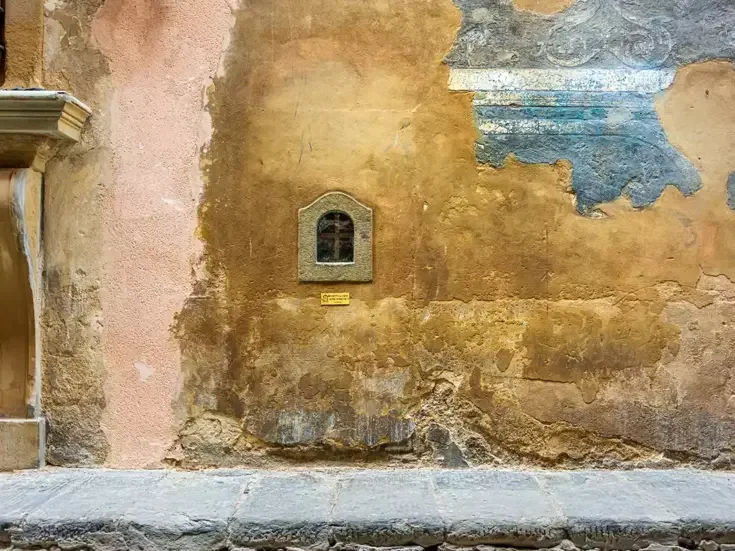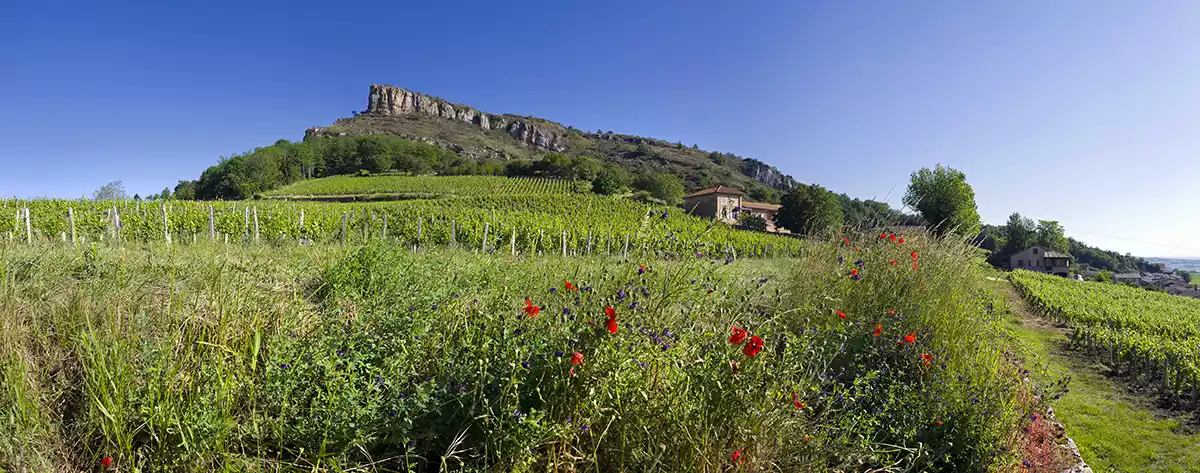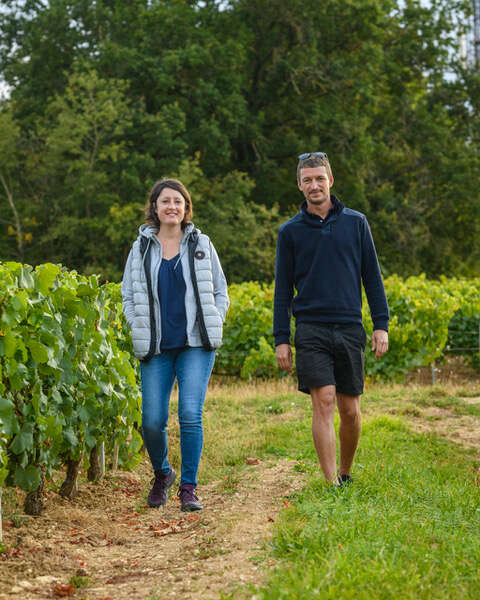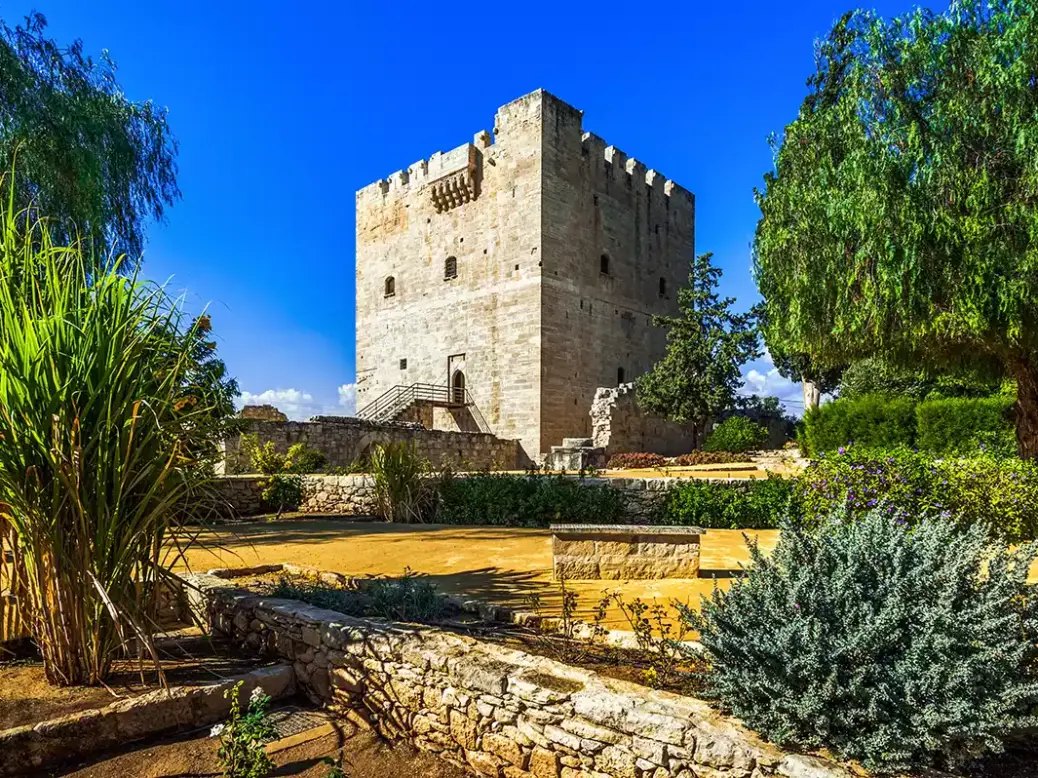
Cyprus’s sweet Commandaria is reckoned to be the world’s oldest continually produced wine and probably its most ancient surviving style.
Its story predates ancient Greece and includes mention in the Old Testament, references to the likes of Richard the Lionhearted and Knights Templar, survival through Venetian, Ottoman and British occupation, a 20th century transformation into Cypriot Sherry and a current revival set on re-elevating the wine to its former greatness.
Puzzling my way through mythology, wonderful tangents, tenuous connections, dead ends, and lots of compelling evidence, I found Sophocles Hadjisavvas’s excellent book The Archaeology of Wine in Cyprus the most trustworthy source.
Commandaria takes its name from the Cypriot headquarters of the Knights Templar and Knights Hospitallers who made the wine famous, flogging it throughout mediaeval Europe.
Known previous to that as Nama, an ancient style first described in Hesiod’s Works and Days (8th century BC) where harvested grapes were shriveled in the sun “ten days and ten nights” and then covered for five more before fermenting.
Following desiccation, fermentation employed half-buried pithari clay pots where the “boiling” foam was continuously skimmed off to eliminate active yeast and unwanted bacteria, arresting fermentation prematurely and naturally preserving high levels of residual sweetness. The 1st century BC Nicaean, Diofanes, describes this technique and the wine’s distinctive sundried grape characters, both common practices in western Turkey from the 8th century BC. The technique continues an association with Cyprus up through Giovanni Manti’s 1772 book Del Vino di Cipro (The Wine of Cyprus).
Like thick honey
The Bible’s Song of Songs 14 compares a lover to a “Cypriot cluster of grapes from the vineyards of Engaddi” Intriguingly, Engaddi vineyard is praised by the 14th century German priest Ludolf and noted as belonging to the Templars. In the lst century AD, the geographer Strabo and Roman physician Doscondes singled out Cypriot wine for its excellence. The 4th century Alexandrian, Palladas, mentioned Cyprus wine as “Nama…used for the Holy Communion,” and 5th-century Bishop of Ptolemais Synesius described Cypriot wine as like “thick honey.”
Commandaria’s middle period begins shortly after Richard the Lionhearted conquered Cyprus. It is believed he toasted his wedding in Limassol in 1192 with Nama, declaring it “the wine of kings and the king of wines.” Shortly after, Richard sold Cyprus to the Knights Templars, who established their Grand Command headquarters there and began exporting “vin de Commanderie” produced from their feudal estate’s villages in the mountains above Kolossi castle.
Henry d’Andeli’s 1224 poem La Bataille des Vins relates French King Philip Augustus’s 100-strong wine competition crowning a Cypriot sweet wine as the “Apostle of wines that shines like an authentic star!”
Pope Clement V disbanded the Knights Templar in 1312 as heretics and The Knights of Saint John (Knights Hospitallers) inherited their holdings, carrying on Commandaria exportation throughout Europe. This was followed by Venetian control, culminating with Etienne de Lusignan (Choreografia, 1573) praising Cypriot wine “as the best in the world.”
By the time the Ottoman Empire conquered Cyprus in 1571, peak production had reached modern New Zealand levels. But religious prohibition and heavy taxation reduced this to tiny wine quantities, stored secretly in buried pots for home consumption.
When the Ottoman period ended in the 1870s, production quickly rebounded under British administration, to around 200,000 liters by 1879. Thereafter, phylloxera-free Cyprus readily filled a desperate, phylloxera-devastated market.
First fortified in the early 20th century, Commandaria’s sweet, oxidative (solera-driven?) style was easily transformed into what officially became “Cypriot Sherry” by 1937. Phenomenally successful, it drove exports to third place behind Spain and France throughout the 20th century, with the British alone drinking 13.5 million liters yearly. Then it suddenly disappeared. This was due to Cyprus’s EU entry banning the use of non-Jerez produced Sherry.
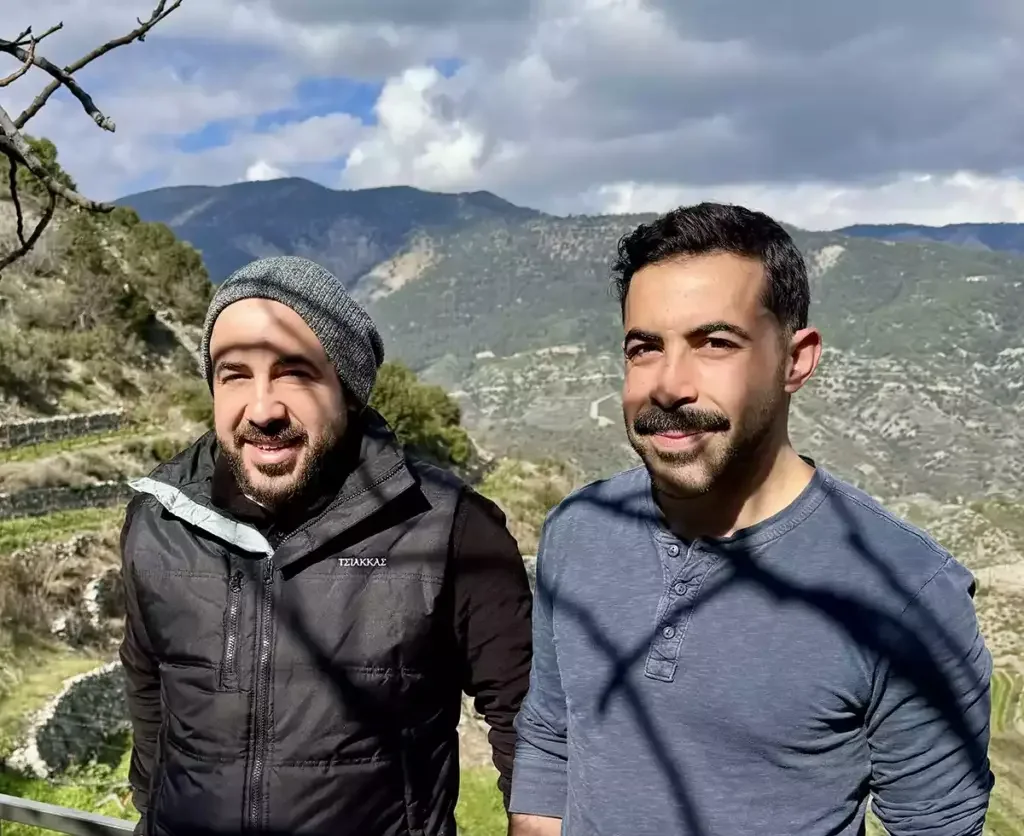
The rules of Commandaria
Designated PDO Commandaria rules were established in 1990, requiring unirrigated, bush-vine, white Xynisteri (generally 85-95%) and red Mavro grapes to be grown and fermented within 14 designated villages—roughly the Templars’ original feudal holdings above Kolossi castle.
Sundried for 7–10 days, grape sugars must reach 390-450 g/l, producing wine around 200g/l. Wines can be naturally fermented (generally around 14-14.5%) or fortified between 15-20%; vintage, non-vintage or solera produced; and must be matured for at least two years in wooden barrels.
Styles gravitate between a fresher, fruit-driven emphasis (dried apricots, figs, orange zest) and more complex, oxidatively-aged “rancio” characters (dried fruit, marmalade, roasted nuts, old books and polished leather, rancid butter, caramel, coffee, dark chocolate, etc). After tasting 13 Commandaria blind and another seven uncloaked, I was often reminded of older Tokaji, matured Bual Madeira, Tawny Port, or Oloroso Sherry, albeit, Tokaji without botrytis and less spirited Iberian fortifieds.
Fortification added aged Armagnac/Cognac-like caramelized notes. Intriguingly, most hovered nearer to 15% than a more grappa-like 20%. Personally, the non-fortified 14-14.5% seemed more harmonious unto themselves, counterbalancing succulence against high sugars.
The larger, well-established, industrialized “Sherry” companies (KEO, SODAP, ETKO, LOEL) have older reserves to back-blend extra depth and complexity into their wines. KEO’s ubiquitous St. John’s Commandaria offers a good example of a basic, reliable Commandaria style positively elevated by tiny portions of old reserves.
In contrast, the newer vigneron producers highlight single vineyards, old vines, and specific terroir influence, placing more emphasis on place, purity, distinctiveness, and finesse. Upstarts Tsiakkias, Kyperounta and Zambartas already deliver accomplished Commandaria—are they perhaps more like the diverse styles of antiquity?
The finer, fruitier, more succulent, Xynisteria-driven Commandaria styles that most impressed me are Zambartas Melusine 2011 and 2018; Tsiakkas 2020, Kyperounta 2013, 2015, and 2016; and Ayia Marvri Koymandaria 2017.
But by far the most interesting Commandaria I tasted are the more powerful, complexly matured, rancio styles, laden with fig, toffee, treacle, coffee, and dark chocolate characters: Ayia Mavri 2004, SODAP Saint Barnabas 2002, KEO St John 2017 and 1984, and Revecca 2015.
The past and the present of Commandaria
So, is contemporary Commandaria similar to Commandaria of the past?
Yes and no. Sun-drying remains central to production, but considering the dozen or so native varieties rediscovered in historic field- blend vineyards, it is likely there were many more grape varieties used previously. The Ottoman period would have shifted to raisin production, leaving hundreds of abandoned pre-Ottoman vineyards to answer what more ancient field blends may really have produced for Commandaria.
Relatively unchanged from antiquity, Commandaria production was based around fermentation in pithari clay pots, half-buried below village houses (a tradition still surviving today). Many mountain villages also preserve larger, disused communal wineries containing dozens of pithari surrounding massive wooden presses. Both sources would have supplied finished wines transported down to Limassol’s harbor-side warehouses for onward export well into the 20th century.
Major changes came during the 20th century with village-sourced wines blended into massive 10,000-liter wooden or concrete tanks and, most recently, into stainless steel. All would have made for larger, more uniform solera blending.
The 1990 rule shift to smaller French/American barriques produced radically different wines from fermentation and maturation in pithari. Barrels add their own intrusive woody aromas, flavors, and tannins, whereas clay pots enable more grape purity, polymerize skin tannins and increase oxidative characters.
Orestis Tsiakkias laments PDO rules that restrict him from using pithari to explore more authentic Commandaria styles, “Please blame the Cypriot government requirements to age for 2 years in French barrels. It’s not even a 200 year old tradition!” Indeed, probably more like 40 years.
As accomplished and high quality as the wines are today, Commandaria wine culture seems half way through the process of rediscovering itself. One can’t help but wonder what the future holds once it’s let off its leash to explore its past more deeply and come up with something distinctively new.

